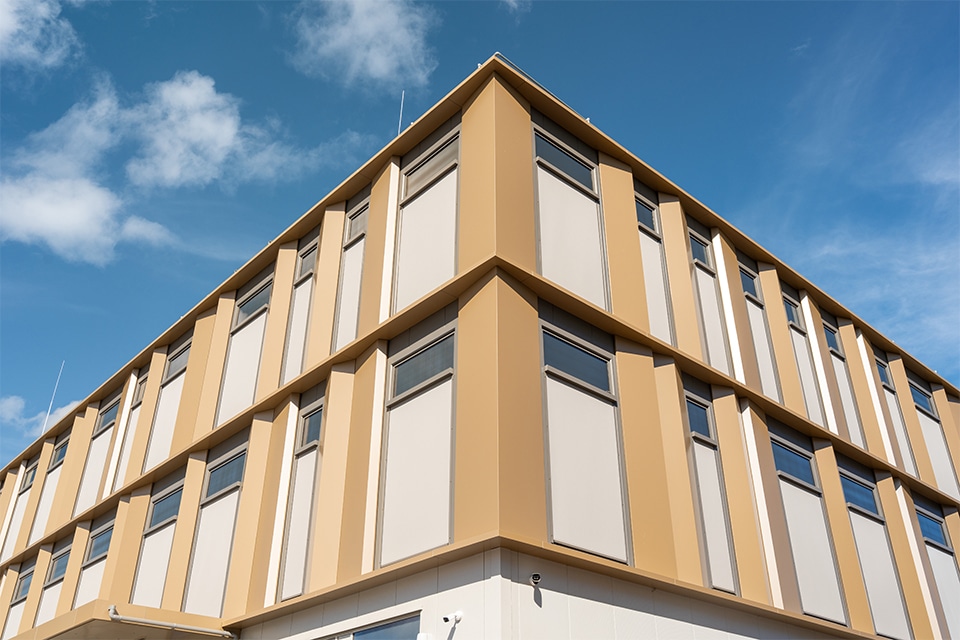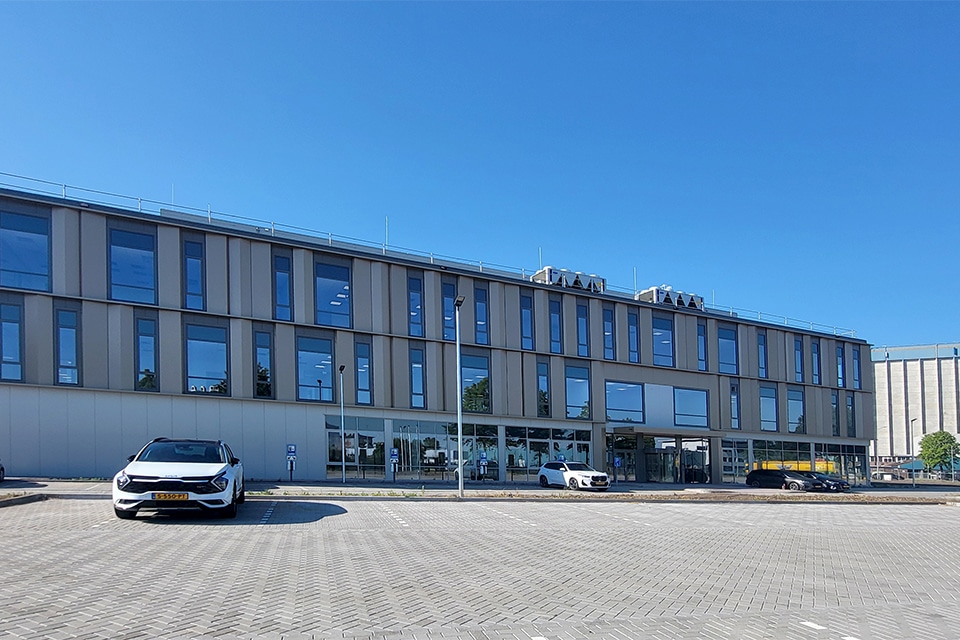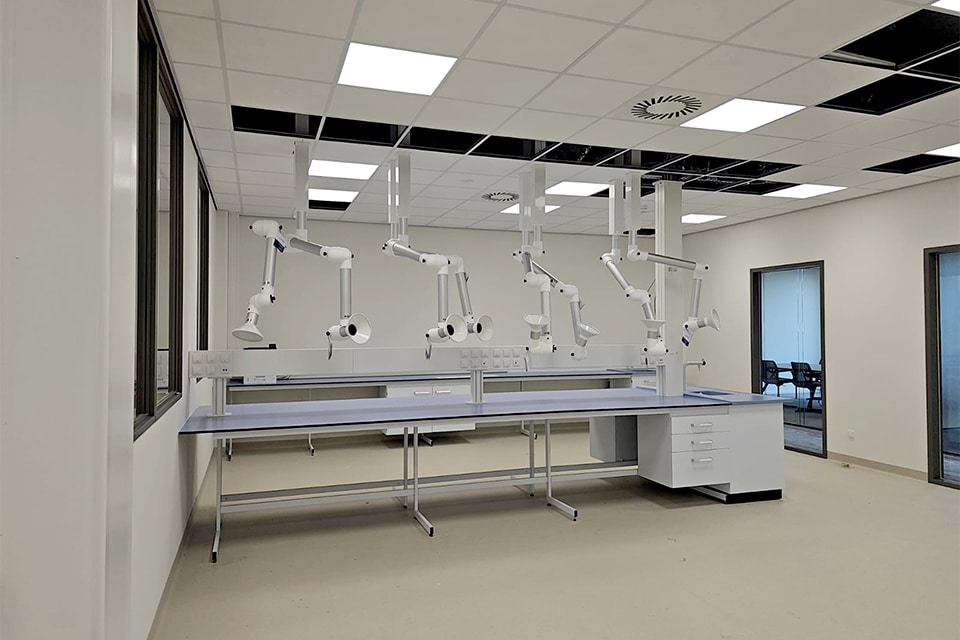
Modular and industrial construction: the solution to the housing crisis
Modular and industrial construction plays an important role in solving the housing shortage. The industrial production of housing makes it possible to realize high-quality and affordable housing quickly. Modular construction is on average 4 times faster than conventional construction. In addition, modular construction offers prospects for new construction sites, such as temporarily available land positions. This is due to the flexibility of the construction method. Modular buildings are remountable and relocatable.

The Planning Office has studied that there is sufficient temporary space available within each county. This allows meadows and green corridors to be left alone. On average, each province has temporary locations available where there is room for ± 49,000 homes (source: Planning Bureau PBL). These are land owned by the municipality, which can easily be used for starters, social housing and middle rental.
Habitable within 3 months
Rapidly making land positions already designated for housing development habitable also offers opportunities. In the Netherlands, the average lead time of an area development is 15 years. That is how long it takes before a resident - from idea to realization - can move into his house. That can be done faster. A modular residential building with 200 residential units is habitable within 3 months. If you assume that a person in the Netherlands lives in a house for an average of 7 years, modular construction makes it possible to increase the number of house seekers you can offer a home to by a factor of 3.

Modular construction has enjoyed a lot of attention worldwide in recent years, as it is seen by experts as the method to make the construction process smarter and more sustainable.
Speed, quality and affordability
Modular homes are produced in an industrial way. A modular builder sees a home as a product, just like a car, for example. It knows exactly what its performance is and what regulations the home must meet. This means it can certify the homes.
Applying pre-certified products significantly shortens the permit process and simplifies the administration of the upcoming Wkb (Building Quality Assurance Act). Here too, the comparison with the automobile industry can be made: if you buy a car, you don't have to visit the RDW every time either.

Conventional construction and current regulations view each building as a custom solution where design and production are always slightly different from the previous project. Modular construction achieves great time savings here over traditional construction.
Flexibility
Modular construction is distinguished from conventional construction in part by its flexibility. The modules used to assemble a residential building are remountable. Unlike traditional real estate, a modular building can adapt during its useful life. In terms of size and, if desired, function. Modules can easily be removed, merged or added. In addition, the building can be moved as a whole. This flexibility offers a different perspective on real estate and requires a different view of spatial planning and RO regulations. After all, current RO procedures assume that the structure is nailed to the ground for a period of 50 to 100 years. With modular construction, interests can temporarily be weighed differently depending on the situations. With modular construction, speed in decision-making leads to no-regret solutions. After all, the structure can always be removed and reused elsewhere!
Sustainability
The environmental benefits of modular construction are achieved in four areas: the production process, the reusability of the product, the reuse of materials and the reduction of nitrogen on the construction site. The houses - like traditional construction - have a technical lifespan of 50 years. The reusability of the housing modules results in CO2 savings of ± 30% and construction waste savings of 80%. The factory production process minimizes construction traffic and construction nuisance in the city, which also greatly reduces the production of particulate matter from the construction process. As a result, a modular construction company like De Meeuw is already on track to meet the tightened 2030 goals.




